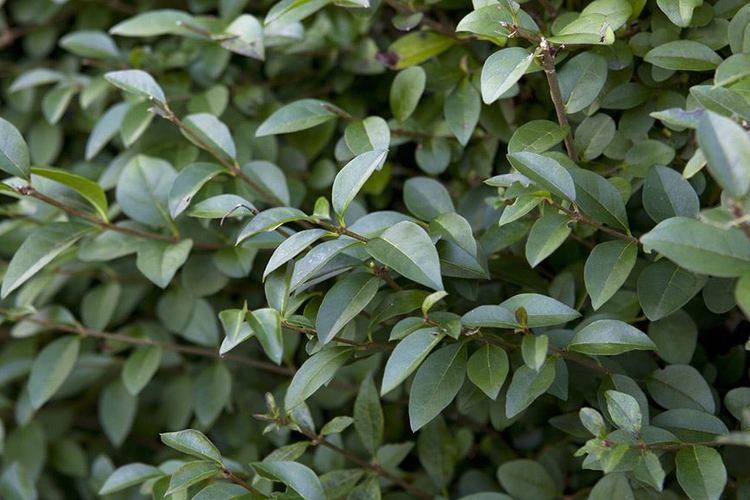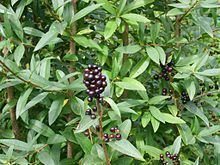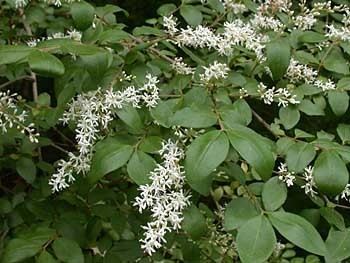Scientific name Ligustrum Rank Genus | Higher classification Oleeae | |
 | ||
Lower classifications | ||
A focus on privet hedging all you need to know about ligustrum ovalifolium
A privet is a flowering plant in the genus Ligustrum. The genus contains about 50 species of erect, deciduous or evergreen shrubs, sometimes forming small or medium-sized trees, native to Europe, north Africa, Asia, many introduced and naturalised in Australasia, where only one species extends as a native into to Queensland. Some species have become widely naturalized or invasive where introduced. Privet was originally the name for the European semi-evergreen shrub Ligustrum vulgare, and later also for the more reliably evergreen Ligustrum ovalifolium used extensively for privacy hedging, though now the name is applied to all members of the genus. The generic name was applied by Pliny the Elder (23–79 CE) to L. vulgare. It is often suggested that the name privet is related to private, but the OED states that there is no evidence to support this.
Contents
- A focus on privet hedging all you need to know about ligustrum ovalifolium
- Planting of new golden privet hedge
- Description
- Uses and cultivation
- Ecology
- Invasiveness
- Selected species
- References

Planting of new golden privet hedge
Description

Privet Ligustrum is a group of shrubs and small trees of southern and eastern Asia, from the Himalayas extending into Australia. They may be evergreen or deciduous, and are tolerant of different soil types. They often have conspicuous heads of white flower. followed by black berries.
Uses and cultivation

In addition to being cultivated to create ornamental hedges and foliage, privet is also widely used in horticulture and flower arrangements. The Oval leaf privet Ligustrum ovalifolium is used for hedges, while its flexible twigs are sometimes used as cords for lashing. The tree species, especially Chinese privet is frequently used as a street tree in Europe, while other species including Ligustrum japonicum and Ligustrum quihoui are among the others also sometimes used as ornamental plants in gardens.

Chinese privet is used in traditional herbal medicine. The decoction of privet leaves or bark helps to treat diarrhea, stomach ulcers, chronic bowel problems, chapped lips, sore mouths and throats, and a wash for skin problems. Privet leaves and bark have bitter properties that make a useful tea for improving appetite and digestion in chemotherapy patients.

Some species produce a fruit, which is mildly toxic to humans. Symptoms from eating privet fruit include nausea, headache, abdominal pain, vomiting, diarrhea, weakness, low blood pressure, and low body temperature.
Ecology

A plant may produce thousands of fruits, most of which are eaten by birds. Privet is used as a food plant by the larvae of some Lepidoptera species including Common Emerald, Common Marbled Carpet, Copper Underling, the Engrailed, Mottled Beauty, Scalloped Hazel, Small Angle Shades, The V-Pug and Willow Beauty.
Invasiveness
Privet is a successful invasive species because of its ability to outcompete and therefore displace native vegetation, due to its adaptability. Various species are now a problem in North America and Australia.
Selected species
The Integrated Taxonomic Information System lists eleven "accepted" species of Ligustrum. Additional species are listed in other references.
